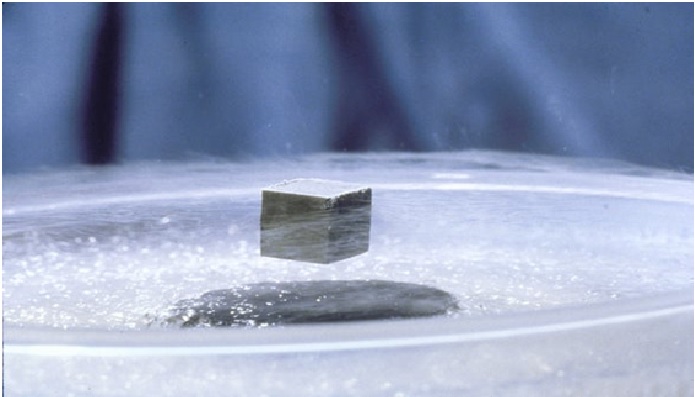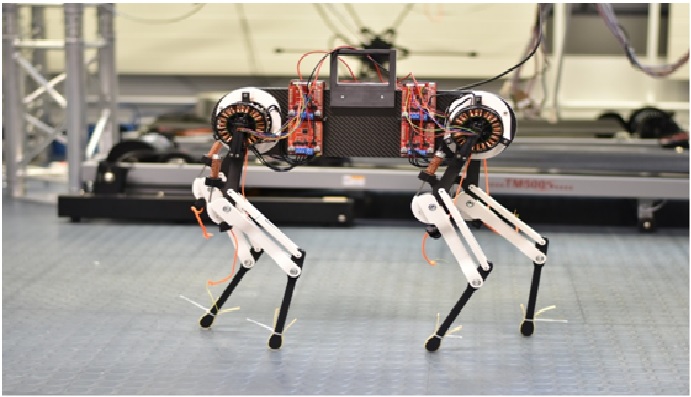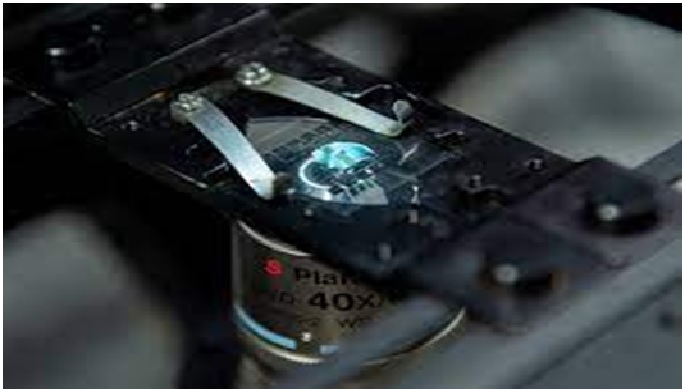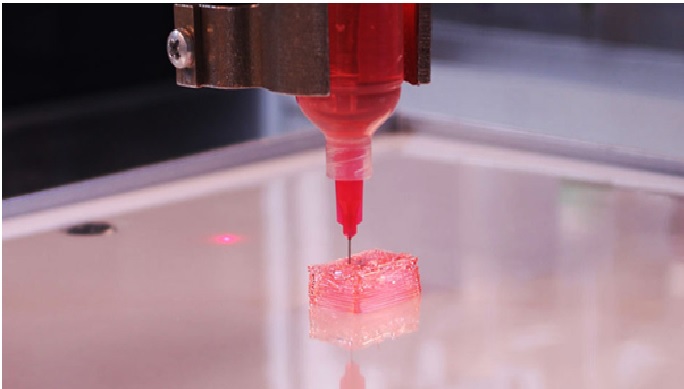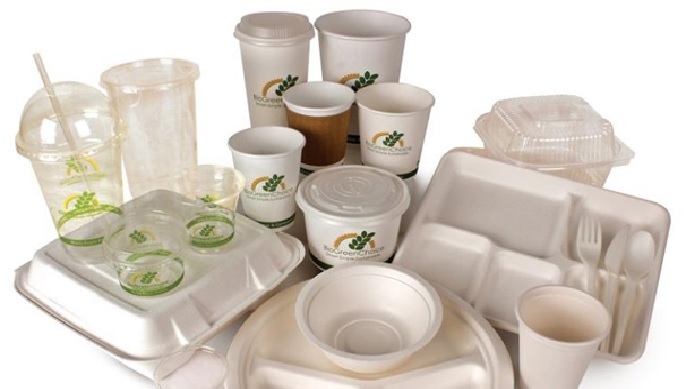Sodium Ion Battery Works as a New Battery Technology
A research team from the Department of Energy's Pacific Northwest National Laboratory has developed a sodium-ion battery with greatly extended longevity in laboratory tests. An ingenious shift in the ingredients that make up the liquid core of the battery prevents the performance issues that have bedeviled sodium-based batteries.
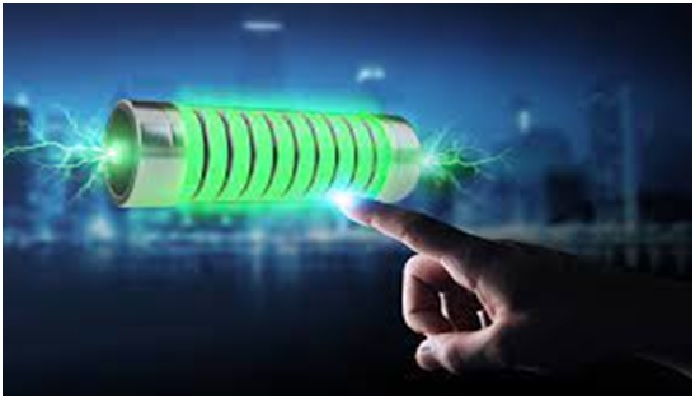
Figure 1. A sodium-ion battery with greatly extended longevity.
Figure 1 shows that in batteries, electrolyte is the circulating "blood" that keeps the energy flowing. The electrolyte forms by dissolving salts in solvents, resulting in charged ions that flow between the positive and negative electrodes.
The current electrolyte recipe for sodium-ion batteries results in the protective film on the negative end (the anode) dissolving over time. This film is critical because it allows sodium ions to pass through while preserving battery life.
The PNNL-designed technology works by stabilizing this protective film. The new electrolyte also generates an ultra-thin protective layer on the positive pole (the cathode) that contributes to additional stability of the entire unit.
In current sodium-ion battery technologies, this process happens much faster than in similar lithium-ion batteries. In laboratory tests, the new design proved durable, holding 90 percent of its cell capacity after 300 cycles at 4.2 V, which is higher than most sodium-ion batteries previously reported. [1]
The new PNNL-developed sodium-ion technology uses a naturally fire-extinguishing solution that is also impervious to temperature changes and can operate at high voltages. One key to this feature is the ultra-thin protective layer that forms on the anode. This ultra-thin layer remains stable once formed, providing the long cycle life reported in the research paper.
We also measured the production of gas vapor at the cathode. We found very minimal gas production. This provides new insights to develop stable electrolyte for sodium-ion batteries that may operate at elevated temperatures, said Phung Le [2]
Sodium-ion technology is still behind lithium regarding energy density. However, scientists have noticed the advantages, such as imperviousness to temperature changes, stability, and long cycle life. These are considered valuable features in applications of specific light-duty EVs and grid energy storage in the future.
PNNL researchers intend to continue to refine their design for this battery technology. The team is experimenting with other techniques to reduce – and eventually eliminate – the requirement to include cobalt, which is toxic and expensive if not recovered or recycled, concluded Le.
References:
- https://www.sciencedaily.com/releases/2022/07/220713114631.htm
- https://www.greencarcongress.com/2022/07/20220714-pnnl.html
- https://www.innovationnewsnetwork.com/creating-sodium-ion-batteries-technology/23138/
Cite this article:
Sri Vasagi K (2022), Sodium Ion Battery Works as a New Battery Technology, AnaTechMaz, pp.153



